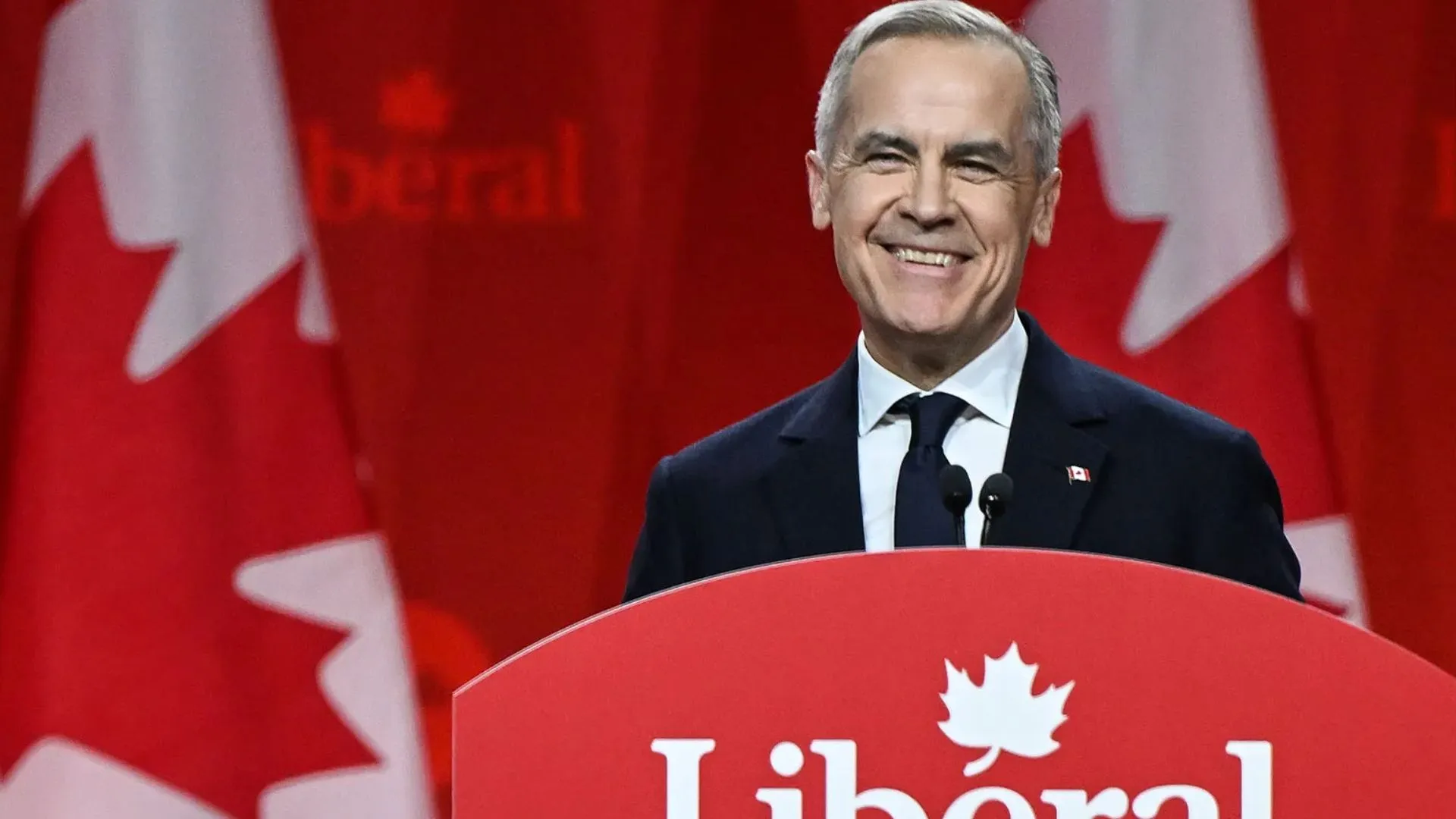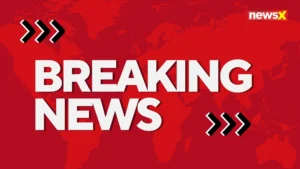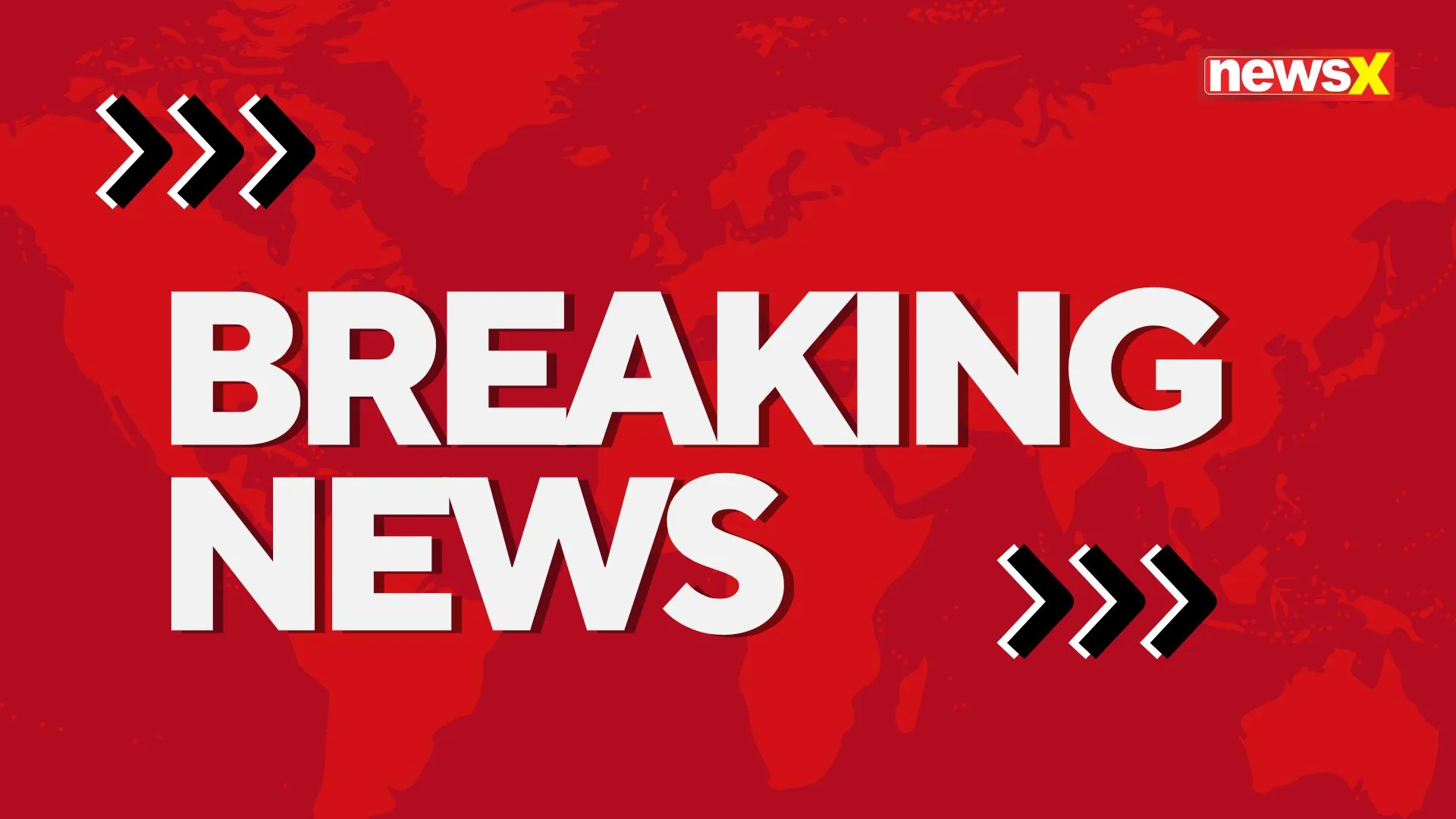On his very first day as Canada’s new prime minister, Mark Carney faced what could be one of the biggest challenges of his term—dealing with the country’s complex relationship with US President Donald Trump.
Even as final election results were still being counted, and the ruling Liberal Party’s seat tally slowly rose to 169, just three short of a majority, Carney made his first big move. He got on a phone call with Trump to set the tone for future discussions between the two neighbours.
Carney and Trump Agree to Meet Soon
The Prime Minister’s Office released a short statement after the call.
“President Trump congratulated Prime Minister Carney on his recent election. The leaders agreed on the importance of Canada and the United States working together – as independent, sovereign nations – for their mutual betterment. To that end, the leaders agreed to meet in person in the near future,” the statement said.
While short, the message made it clear that both leaders want to maintain open lines of communication, even as Carney signaled a shift in how Canada may approach its southern neighbour.
“We Have Many, Many Other Options”: Carney
In a speech delivered in Ottawa early Tuesday morning, just hours after the polls closed, Carney struck a confident tone. He acknowledged the need to talk with the US, but made it clear that Canada won’t rely solely on America going forward.
“When I sit down with President Trump, it will be to discuss the future economic and security relationship between two sovereign nations, and it will be with our full knowledge that we have many, many other options than the United States to build prosperity for all Canadians,” Carney said.
His comment was seen by many analysts as a subtle but firm message that Canada is ready to diversify its international partnerships and trade relationships.
High Voter Turnout in a Tight Race
The election saw a surge in voter participation, with more than 19.5 million Canadians casting their ballots—nearly 69% of eligible voters, according to Elections Canada.
This is the highest turnout since 2015, when just over 68% of registered voters showed up at the polls. By contrast, the last federal election in September 2021 had a turnout of about 63%, or 17.2 million votes.
Clearly, Canadians were highly engaged this time around, and the close results reflected that.
Liberals Near Majority, but Not Quite
As the vote count continued on Tuesday, the Liberal Party’s seat count went up by one, reaching 169 after winning an extremely close race in Quebec. That left them just three seats shy of the 172 needed for an outright majority in the 338-member House of Commons.
However, not everything is settled yet. Under the Canada Elections Act, a judicial recount is triggered automatically when the margin of victory in a riding is less than 0.1% of the votes cast. At least two seats meet that threshold, meaning the numbers could still shift slightly.
Meanwhile, the Conservative Party held steady at 144 seats, with a 41.3% vote share. The Liberals led the vote share with 43.7%, giving them a narrow edge in the popular vote.
What’s Next for the Liberals?
Since they didn’t secure a clear majority, Carney and his Liberals will need to work with other parties in Parliament to pass legislation and stay in power.
One likely partner could be the New Democratic Party (NDP), which won seven seats in the election. While that alone won’t give the Liberals a majority, it could help them build a working alliance in key votes.
Carney is also expected to reach out to smaller parties in the House for support, and experts say that how he handles these relationships in the early days will shape the direction of his government.
A New Era for Canada-US Relations?
While Canada’s internal politics are still being sorted out, the focus on US-Canada ties on Day One of Carney’s term signals just how important that relationship will be.
Whether it’s trade, defense, border policy, or climate cooperation, the two countries share deep connections—but not always smooth ones. With Trump back in the White House and Carney now in charge in Ottawa, the months ahead could bring both tough conversations and new opportunities.
For now, both leaders have agreed to meet soon, setting the stage for what could be a defining moment in Canada’s foreign policy.



















